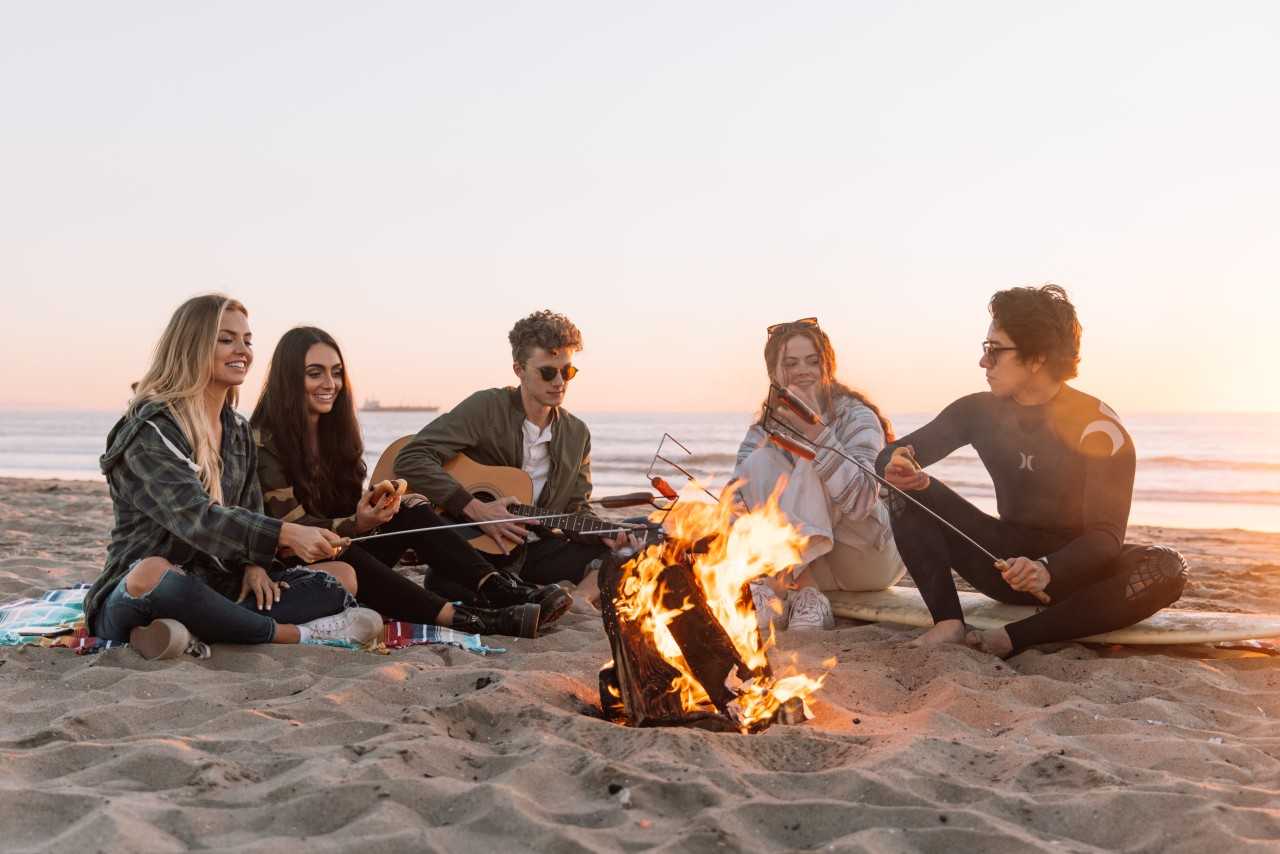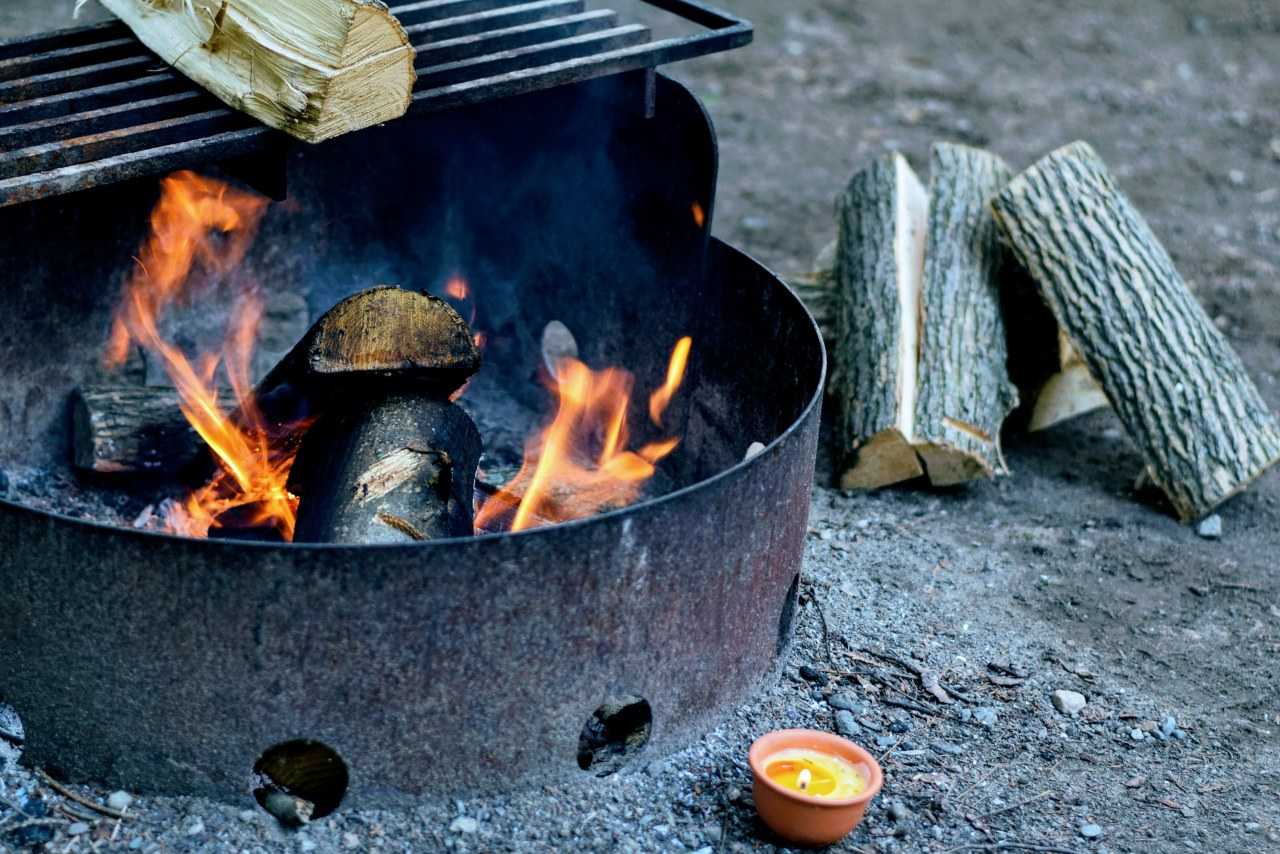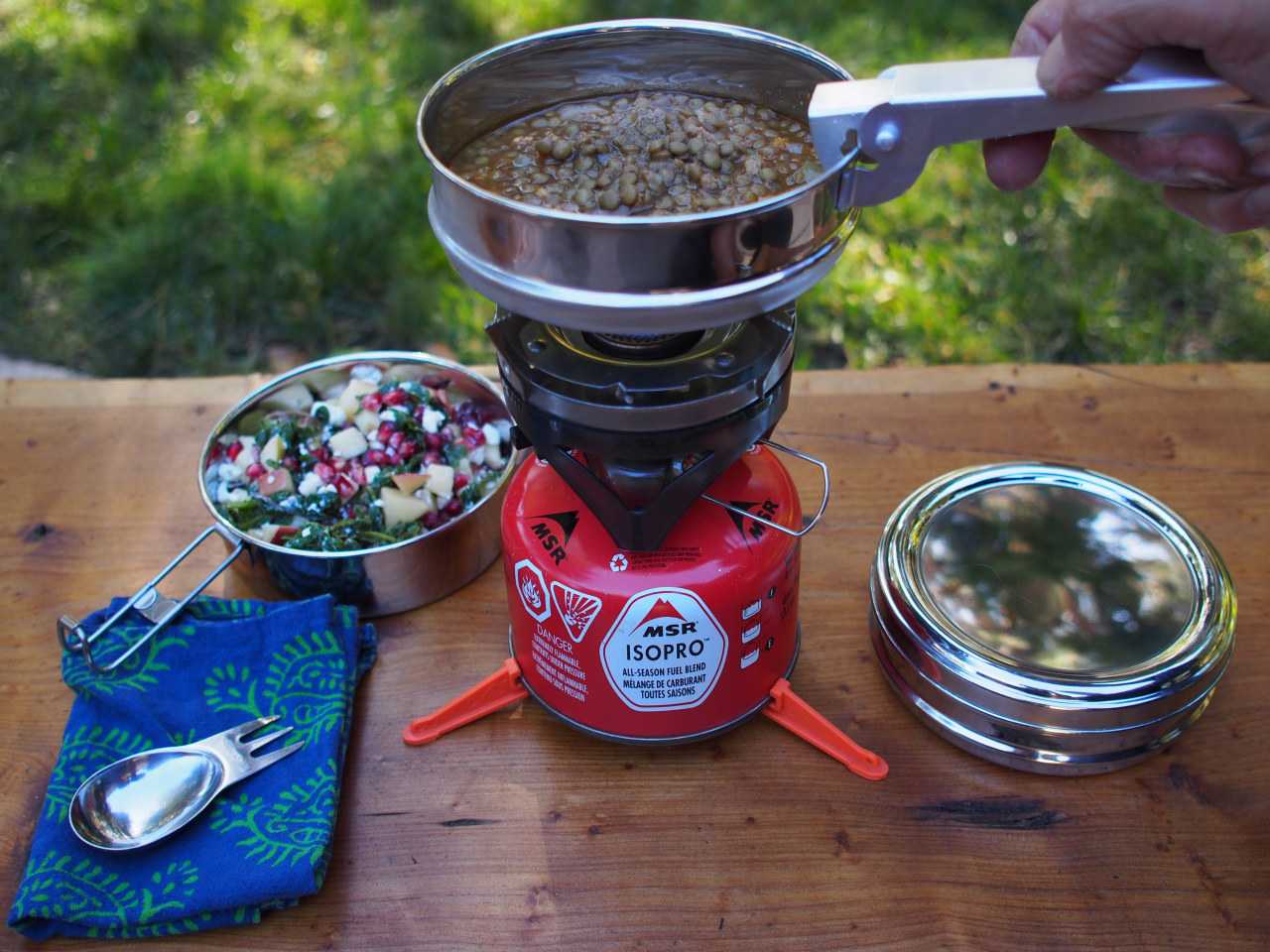Campfires
A campfire is one of the very best bits about going camping. It is the focal point of your camping pitch, you can cook on it, keep warm at night and socialise around it. But if you’re making a fire for the first time, there are some rules and regulations you need to be aware of, as well as some important safety aspects. Read on to stay safe around campfires.

Where are campfires allowed?
There are different rules and regulations surrounding campfires across the world. Here are some important points to bear in mind, wherever you are.
England, Wales and Northern Ireland
You can only start a campfire if you have the landowner’s permission. Many campsite owners understand that campfires are an integral part of the camping experience and therefore allow them on site, but please check before booking.
Campfires are technically allowed below the high-water line at beaches, but this is subject to local by-laws.
Scotland
As in the rest of the UK, always check with the campsite owner that fires are permitted. If you are wild camping, you have more freedom; campfires have been legal since 2004, as long as they are never lit in forests, on farmland or on peaty moorland, among other stipulations. You may be liable for any damage caused by a fire that gets out of control.
France, Spain, Germany and Italy
Campsites have their own individual rules, so please check at the time of booking. The further you go south, the warmer the weather and the less need for a fire.
Campfires are generally not allowed if you are wild camping, due to the drier weather conditions and the high risk of devastating wildfires.
USA
Each camping ground will have its own regulations about where and when you can have a campfire. Contact the owners so you know the relevant rules, which will often change according to season and weather conditions.
Canada
Most campgrounds provide firepits for campfires. Always check on site for temporary fire bans, and only use firewood provided by the campground.
Australia and New Zealand
Many campgrounds in Australia and New Zealand offer designated firepits and gas- or electricity-powered barbecues, because a very high percentage of bush fires are caused by campfires getting out of control. Always check the website of the relevant local fire service to see ifwhether fires are permitted or totally banned for a period of time.
It’s an offence to light a campfire in parks or locations where they are forbidden, or during the time of a total fire ban.
Signs indicating the fire-danger rating (from moderate to high or catastrophic) are often posted in remote national parks and reserves.
Jump to Alternatives to campfires

Campfire Safety
These are Pitchup’s 12 top tips for staying safe around campfires.
1. Be aware of the rules
Before you even strike a match, make sure you have chosen a campsite that allows campfires.
2. Use a firepit
Many sites provide firepits for guests to build a campfire in; please don’t build one anywhere else. If you’re at a site where campfires are allowed but a pit is not provided, dig a hole in an open area at least 15 feet from overhanging branches, drying clothes or power lines – or indeed anything flammable like your tent.
3. Build your campfire safely
Once your firepit is in place, build your campfire. Don’t let the fire roar; a small blaze produces enough heat for cooking and warmth.
4. Don’t use flammable liquids to light your fire
Never use lighter fluid, gas or other flammable liquids to start your fire.
5. Keep water and a shovel close by
Never light a campfire without having water and a shovel handy so you can use them to extinguish any runaway flames.
6. Watch the wind
Watch the wind direction and strength to ensure that a gust of wind doesn’t accidentally send your campfire spreading.
7. Be careful with kids and pets
Teach your children about the danger of fire and don’t allow children or pets around the campfire unless closely supervised.
8. Don’t get too close
If you’re planning to cook on the campfire, make sure you have suitable cooking tools. They need to be long enough so you don’t burn your hands, and preferably with insulated handles.
9. Don’t throw anything onto a fire that won’t burn
Don't throw glass, tin or anything plastic into a fire. Broken glass and half-melted tin are dangerous, and burning plastics may result in toxic fumes.
10. Always watch your campfire
Monitor it at all times, as even a small breeze can spread fire quickly. Make sure your fire is completely extinguished at night or whenever you leave your pitch.
11. Put the fire out properly
Douse the fire with water, stir the ashes with a shovel and then douse with more water. The campfire should be cold before you leave it unattended.
12. Remember… it only takes a minute
An unattended firepit or campfire is always dangerous, as it can take less than a minute to become unmanageable.
How to build a campfire safely
Easy meals to cook on a campfire

Alternatives to campfires
Campfires are a traditional and popular part of camping, and you can cook on them using barbecue grills or Dutch ovens (cast-iron cooking pots with a handle to hang over the heat). However, some modern alternatives can be more efficient and reliable. Here are some suggestions to help you stay safe on site.
-
Camping stoves: Cooking on a portable gas stove is much safer than over a campfire, and you won’t need to buy kindling or firewood.
-
Portable firepits: Bring your own if one is not provided on site, as it will help to keep your campfire contained. Some firepits can be flat-packed and are designed to be lightweight for camping and hiking.
-
Portable gas firepits: Good for containing campfires on a beach or when you’re wild or car camping, and you can contain the heat levels easily.
-
Disposable all-in-one barbecues: Easily portable and useful for simple meals. Never put them directly onto the ground as they burn the grass – raise them up using stones instead. Never light one in your tent as the fumes can be toxic.
-
Charcoal barbecues: Good for that authentic flame-grilled taste, these come in a variety of sizes from small tabletop grills to large portable ones on wheels. You’ll need to wait for the charcoal to heat up before starting to grill.
-
Gas barbecues: Handy as you don’t need to light the charcoal and wait for it to heat up – simply hook your barbecue up to a gas canister and start cooking. It’s easy to control the heat and there are many portable options if you’re short on space.
-
Solar cookers: A sustainable option as they do not use wood or other increasingly scarce fossil fuels. Best used in warmer climates, solar cookers are designed to concentrate sunlight onto a central point for cooking, and often use mirrors to heat up an insulated box. If it’s windy they may not be effective, as any breeze will cool food down.
-
Battery-powered lamps: some lamps mimic candles and are covered with a protective glass/plastic dome, or you can use a Himalayan salt lamp with therapeutic properties. Good for creating atmosphere and a small amount of warmth.
-
False campfires: made of coloured crepe paper or decorative card, purely for effect.
See the Pitchup list of sites that allow campfires



